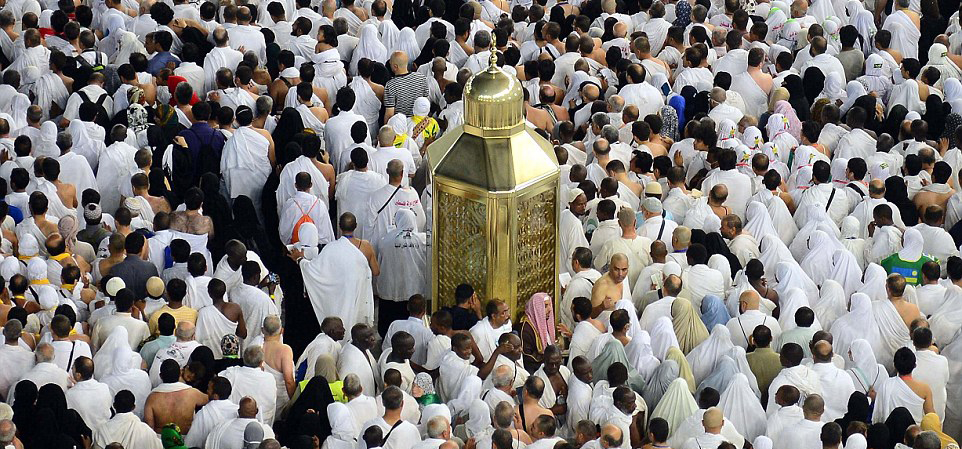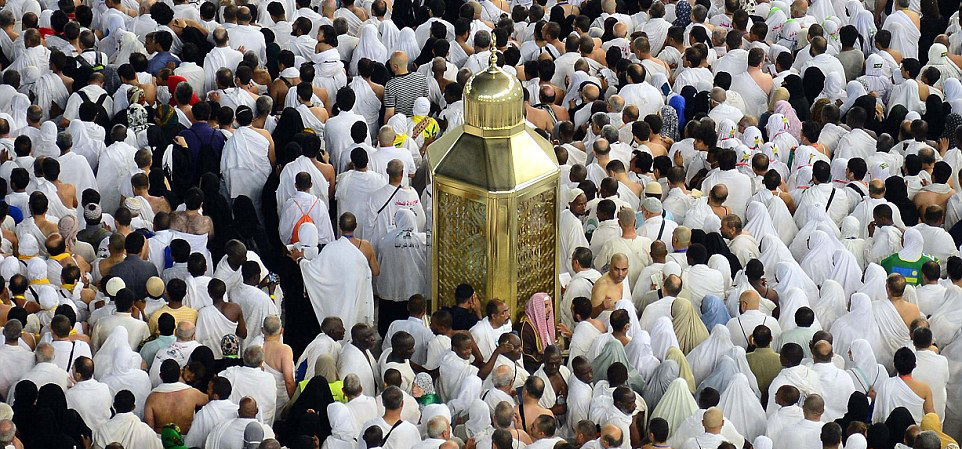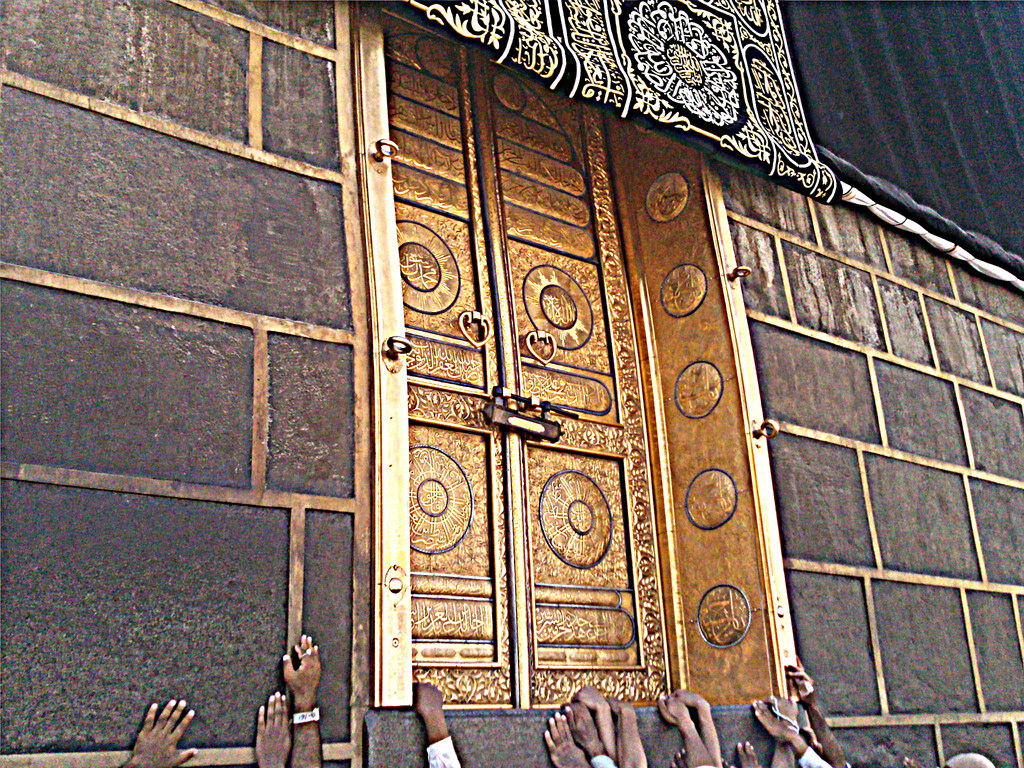The four sacred months
Among the twelve lunar months in the Hijri calendar, some months are favored over all other months, like Ramadan because it is the month of mercy, the month of Qur’an, and the month of forgiveness. Four other months are also favored in the Islamic tradition and are called the Sacred Months.
The sanctity of these months was established long time ago, even before the birth of Prophet Muhammad (peace be upon him). The four sacred months were known since the time of Prophet Ibrahim (peace be upon him).
The main purpose of the sanctity of these months was to ban battles and make the Haj journey, the pilgrimage, towards the Kaabah safe. In addition to the month of Haj (Dhul Hijja), a month preceding it (Dhul Qidah) and a month succeeding it (Muharram), and also the month of Rajab were specified as being sacred.
The following verse in the Holy Qur’an:
The following verse in the Holy Qur’an mentions that there are four sacred months in the year.
{Indeed, the number of months with Allah is twelve (lunar) months in the register of Allah (from) the day He created the heavens and the earth; of these, four are sacred. That is the correct religion (i.e. way), so do not wrong yourselves during them. And fight against the disbelievers collectively as they fight against you collectively. And know that Allah is with the righteous (who fear Him)} (Chapter 9, verse 36)
In these four sacred months, people could travel and move about in safety and without fear. People performed Haj or Umrah during these months. Another major benefit experienced by the people during these months was that the trade caravans moved about their business, crossing the Arabian Desert towards Syria in the north and Yemen in the south.
A historical incident took place in the sacred month of Rajab in the lifetime of Prophet Muhammad (peace be upon him), two years after migration. This incident was mentioned in the Holy Qur’an.
{They ask you about the sacred month – about fighting therein. Say, “Fighting therein is great [sin], but averting [people] from the way of Allah and disbelief in Him and [preventing access to] al-Masjid al-Haram and the expulsion of its people therefrom are greater [evil] in the sight of Allah. And fitnah is greater than killing}. (Chapter 2, verse 217)
Prophet Muhammad (peace be upon him) sent a small detachment of eight men to a place called ‘Nakhlah’, a valley midway between the cities of Makkah and Taif. The Prophet (peace be upon him) had given clear instructions to the detachment to only watch the movement of the enemy, Quraish, and their allied camps and try to find out if they had any plans to attack Muslims in Madinah. It was supposed to be an exploratory expedition.
Although this detachment had not been given permission to fight, a skirmish and ambush resulted. They erroneously assumed that the sacred month of Rajab was over. They attacked a small caravan of the Quraish, killed one amongst them, and took the rest as prisoners, and brought them to the Prophet (peace be upon him) in Madinah along with their merchandise.
Quraish, the Jews, and even the hypocrites of Madinah made a huge hue and cry. They raised an extremely strong objection over the whole of Arabia against the Muslims and the Prophet (peace be upon him) for fighting and shedding blood in a sacred month.
Because the Prophet (peace be upon him) had not given permission to the detachment to fight or kill or violate the sanctity of the Sacred Month, it was indeed considered an unlawful and unauthorized act of the over-zealous detachment. The Prophet (peace be upon him) set those prisoners taken in the ambush at Nakhlah free, gave them back their goods, and even paid the blood-money to the heirs of the one who was killed in the ambush; and thus reaffirmed the sanctity of the prohibition of fighting and war in the four Sacred Months.
Meaning of the Sacred Months
Muharram:
It is the very first month in the Hijri calendar. The literal meaning of Muharram is ‘forbidden’. It has always been considered a holy period in which Arabs used to avoid fighting with each other.
Prophet Muhammad (peace be upon him) used to fast in this month. It is reported that the Prophet (peace be upon him) said, “The best of fasts besides the month of Ramadan is the fasting of Allah’s month of Muharram.” (Muslim)
Rajab:
It is the seventh and sacred month meaning ‘to respect’, as it was always considered as a sacred time. It falls between Jumada Al-Akhir and Shabaan. In the month of Rajab, even in pre-Islamic times, there was a ceasefire among the Arabs to permit people to peacefully travel and perform Umrah.
Dhul Qidah:
It is the eleventh month, which was always a sacred time of the year and was the first one in which the Arabs avoided fighting.
Dhul Hijja:
It is the last and one of the most auspicious months of the Hijri calendar, which is named so because Haj (pilgrimage), the fifth pillar of Islam is performed in this month.
Abu Hurairah narrated that the Prophet (peace be upon him) once said, “Whoever performs Haj and does not commit any obscenity or transgression shall return [free from sins] as he was on the day his mother gave birth to him.” (Al-Bukhari)
These four months were called sacred for the gravity of committing a sin during them and for the position Allah gave them. Sinning during the sacred months is more evil than sinning during the other months. Likewise, the reward for righteous deeds is greater in these four sacred months.
We have a wide range of Spiritual Journey Packages from UK are give below:
Umrah Packages | Hajj Packages | Ramadan Umrah Packages | December Umrah Packages
Article by: saudigazette.com.sa


